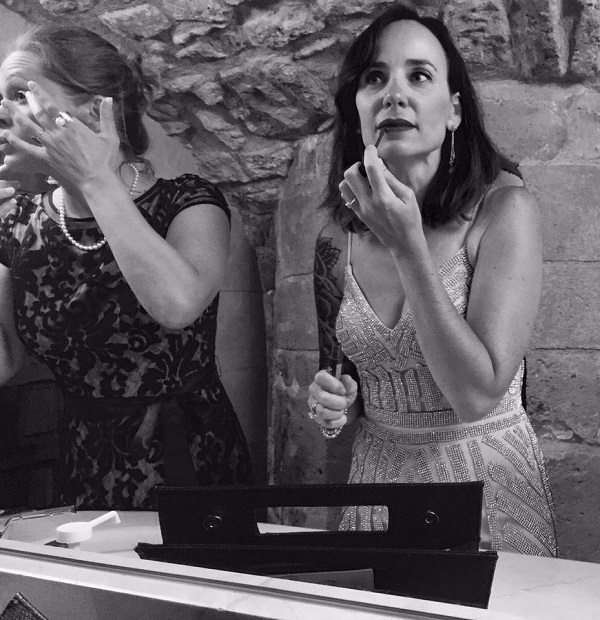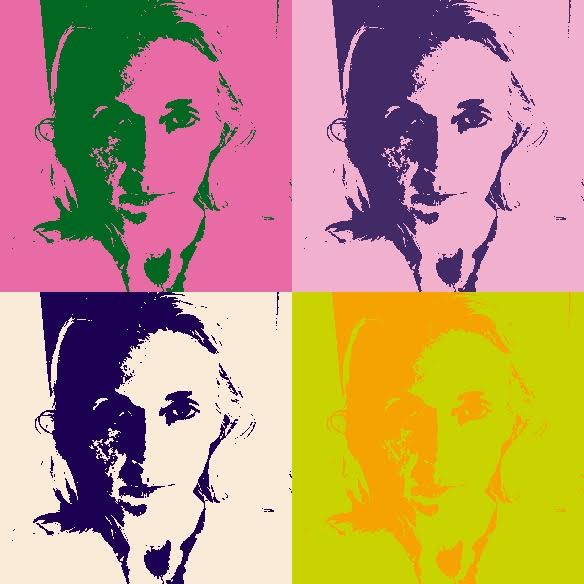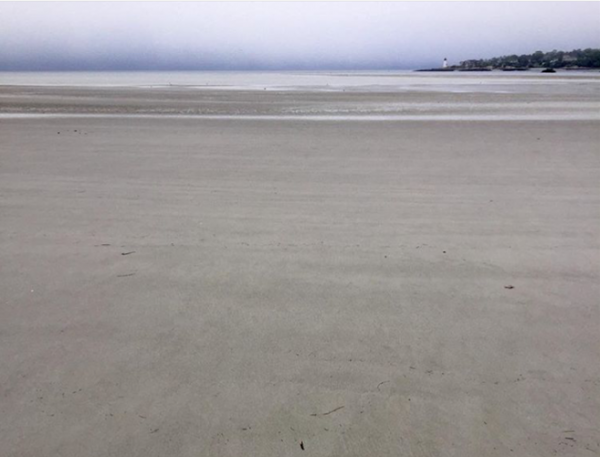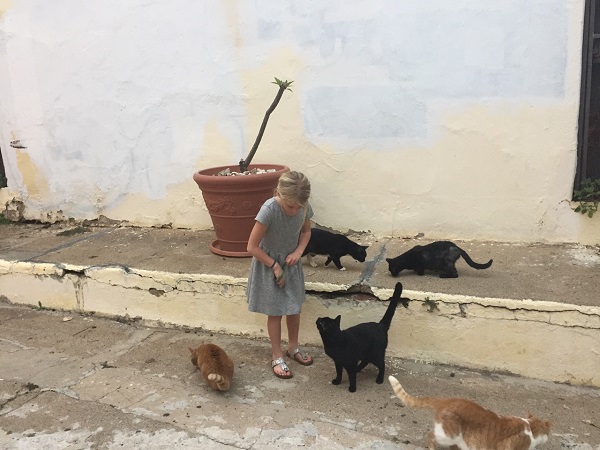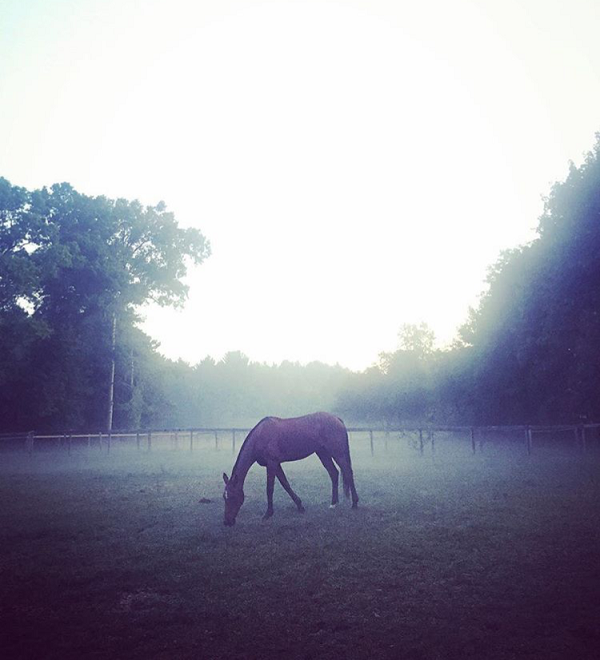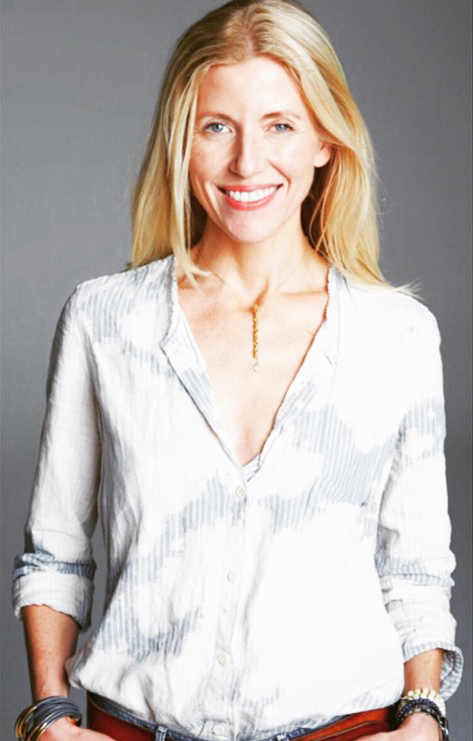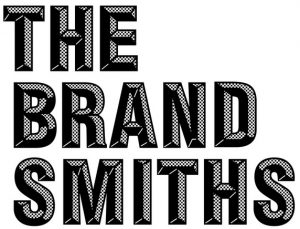
@chrisbenidt
If I stop writing, will people forget about me? Or unsubscribe?
Will my ideas still be there when I return to them?
And (quietly), have I’ve wasted this opportunity by “taking a break”?
Or alternately, does is not matter…enough?
Isn’t it interesting to see what the mind does to sabotage an otherwise great idea.
These were a few of the fears swirling through me in late July as I contemplated ‘pressing pause’ on the blog – and work in general. As I pushed back clients to September in order to take an August hiatus, I also made space in my schedule by setting aside the blog for five weeks. But with that decision came much angst about the consequences of a pause.
So many of us are unknowingly enslaved by ‘the machine.’ Beyond just social media feeds, it’s the fear that if we pull back from our public identities, we may find ourselves adrift, unable to get back on course. It takes hard work to stay in the public conversation, whatever yours may be, and it takes an equal measure of confidence to step out of it now and then — and gaze upon the horizon — to go dark.
What I learned during this self-imposed break was that I didn’t suddenly lose my ability to have quality thoughts or publish meaningful words. Publishing a weekly blog forces me to take a point of view, and commit to ideas and questions that might otherwise slip through my fingers – unresolved. That’s it. Of course I love the endorphins that spark a domino effect of likes, forwards or replies. I’m as vulnerable as anyone to digital flattery. But just as it’s hard for a CEO to shut down email for two weeks, or for a pop star to give up Instagram for a month, or for a founder to get perspective via traveling sabbatical, so is it for each of us to pull back from what we do to make sure we know who we are — without those validations.
Is reinvention, or perspective, so daunting that we’d rather keep up the status quo — replying, submitting, authorizing and showing up — because stepping away may reveal a truth? And maybe that truth will involve change?
Intentional breaks have a purpose and a place, but so often when we don’t know what to do, it’s easier to be in action, than (what feels like) stillness. Maybe questioning the thing we think makes us “us” is the best way to disrupt what is at best an illusion, and at worst, a crutch that limits our real potential.
You are not your company.
You are not your book.
You are not your blog
You are not your feed.
Freedom = reclaiming the lever that has you believing that you are the sum of your marketing, persona, asset or deliverable.
